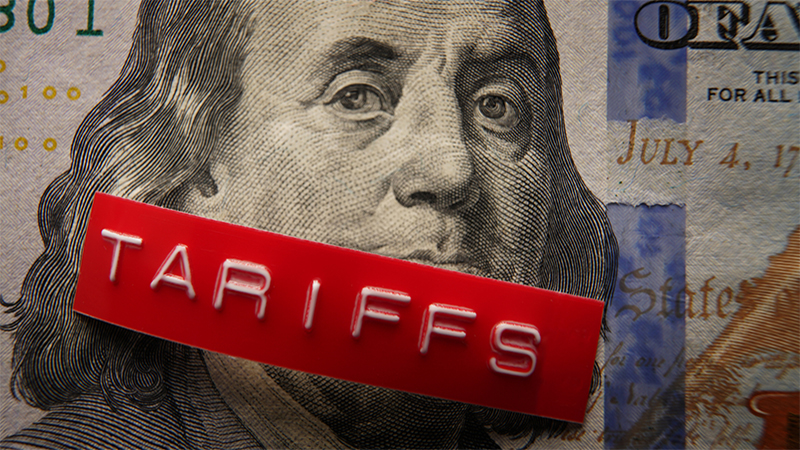The US CPI rose by 2.5% in the last 12 months to the end of August, and 0.2% within the month ahead of September’s interest rate decision.
While the Federal Reserve has so far held off on rate cuts to see a constant downward trend in inflation, at the Jackson Hole Symposium, chair Jerome Powell signalled for a September cut. While most are pricing in a 25 basis point cut for the Fed’s 17 and 18 of September decision, some believe a 50 basis point cut could be in the books following meek unemployment data at the beginning of August.
Isabel Albarran, investment officer at Close Brothers Asset Management, said: “Today’s inflation figures will reassure the Fed, reinforcing the view that the pace of price rises is now under control. However, while this a requirement for rate cuts, inflation is no longer the Fed’s overriding focus, with employment and activity now the chief concern.
“Last week’s mixed jobs report, and especially the strong downward revision of previous labour market prints, opened the door to the possibility of a bumper cut of 50 basis points. While data doesn’t point to the US economy collapsing, FOMC members have made it clear that further weakness in the labour market is unwelcome. Activity data remains key – next week’s retail sales data, along with other sentiment indicators and credit card borrowing trends, will be critical in shaping the Fed’s next move, and Powell will be keen to dodge any accusations of being late to act when the economy began to slow. ”
See also: US jobs data gives Fed ‘reasons to cut, not to panic’
While the latest US jobs data showed an unemployment rate of 4.2%, down 10 basis points from data at the beginning of August, and non-farm payrolls had 142,000 additions, the S&P 500 fell 1.73% on the Friday following the announcement.
Richard Flynn, managing director at Charles Schwab UK, said: “Today’s figures show that the rate of inflation has fallen compared to last month, the latest in a chorus of indicators telling the Fed that it’s pivot time. This isn’t big news – central bankers have been clear about the direction of travel for interest rates; however, they have been less transparent about the rate or end point of cuts. This month’s inflation figures reiterate the likelihood of a slow cutting cycle – disinflationary pressures are strong enough to help ensure against a price spike, so the Fed can opt for a gentle pace to manage risks to the labour market and avoid a recession.
“Some market watchers are hoping for an aggressive 0.5% rate cut at the next Fed meeting in September, but this could prompt inflation to fall too swiftly, which would likely be consistent with a recession. More gradual cuts would hedge against this and have historically been favourable for equities too. It has been a long cycle, but in this case, slow and steady should win the race.”
See also: ‘Has the Fed made a mistake?’: Weak US jobs data sparks recession concerns
While overall CPI inflation has calmed, Lindsay James, investment strategist at Quilter Investors, pointed out that core inflation remains stuck at 3.2%. Shelter has also not yet been quelled, at 5.2% growth in the last 12 months.
“Shelter continues to be the primary driving force of inflation, but given the headline rate is getting close to 2%, the market will not be overly concerned about that just now. As a result, inflation has gone from being the most important data source for the Fed, to probably becoming the second most important after the employment numbers,” James said.
“Given inflation has now steadied at a consistent level, a rate cut next week is now a near certainty. The big question is how much the Fed cuts rates. While controlled inflation combined with a still resilient economy suggests just a 25-basis point reduction will be enacted, there are some warning signs that might lead to a supersized 50-basis point cut instead. For now, this appears unlikely until a clearer picture from the labour market emerges, but with back-to-back rate cuts already widely expected the potential for a larger one later this year is not out of the realms of possibility.
“Ultimately, the Fed has done a good job to date to manufacture a soft landing, but it now cannot afford to act too slowly as it did when inflation was spiking back in 2021/22. Inflation has been tamed and now the focus is ensuring the soft landing does not intensify into a hard landing and economic growth takes a hit. It is a fine balancing act between the two elements of their mandate – price stability and maximum employment – but now the focus must be firmly on the second of those.”










